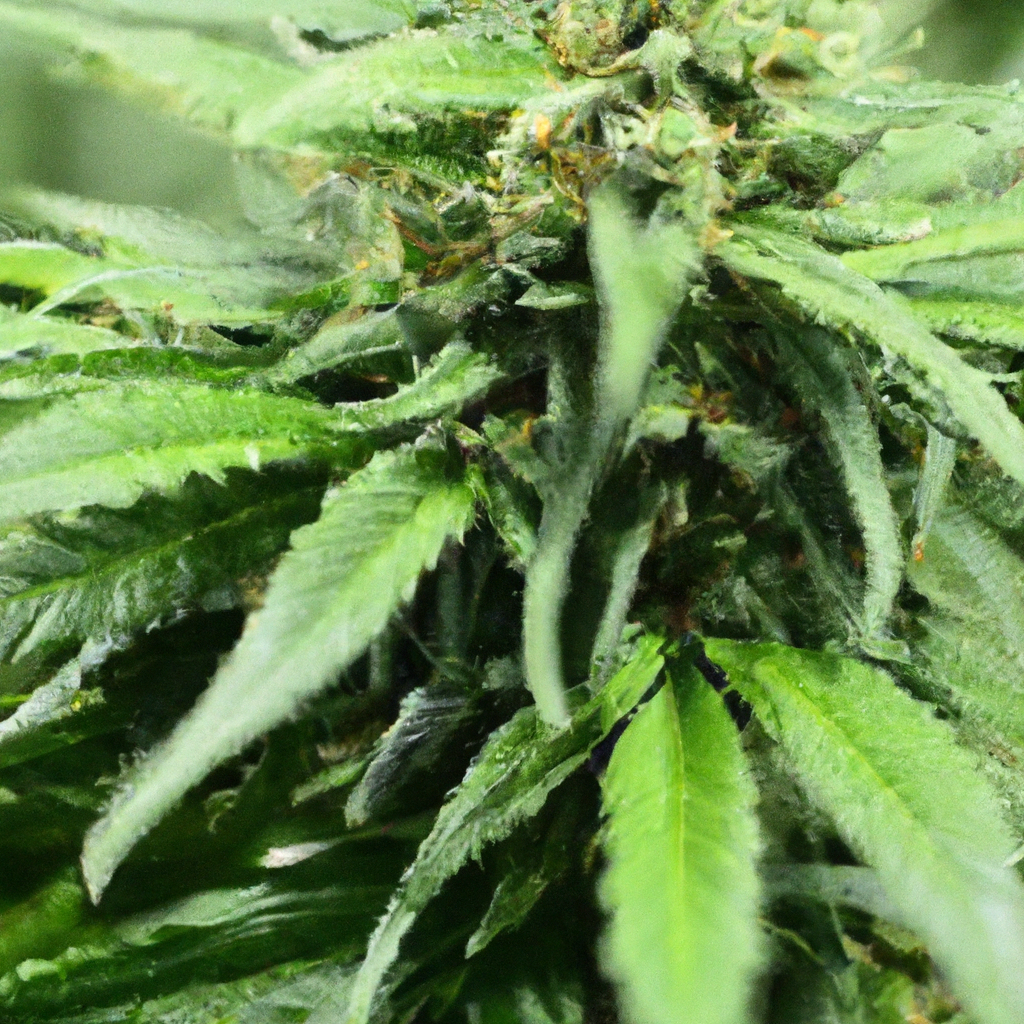By John “Magic” Greenleaf – “Growing greatness, one strain at a time.”
Introduction
Welcome to the world of high-altitude cannabis growing, where the air is thin, the sun shines brightly, and the challenges are unique. In this article, we’ll journey into one of the lesser-known perks of altitude—a natural ally in pest resistance. Drawing on over 30 years of my own high-altitude cultivation wisdom, I’ll show you how nature provides a helping hand in keeping pests at bay.
The Natural Pest Resistance of High Altitudes
High-altitude environments create unique growing conditions that naturally deter many common cannabis pests. Due to cooler temperatures, lower humidity, and increased UV radiation, the pests that thrive at lower altitudes often struggle to establish themselves.
- Cooler Temperatures: A natural shield against warms, aphids, and other temperature-sensitive pests.
- Lower Humidity: Fungal issues such as powdery mildew are less rampant.
- Increased UV Exposure: This doesn’t only boost trichome production but also deters harmful insects.
Cultivar Selection for Enhanced Resistance
The right strain selection can bolster your high-altitude pest resistance efforts. Through years of phenotype selection and stabilization, you too can develop and grow strains that thrive against pests.
Highland Heroes
- “Starlight Sativa”: Known for its sturdy leaf structure, making it less susceptible to pests.
- “Mile High Mystique”: Offers a complex profile deterring insects naturally with its aromatic prowess.
- “Magic Kush”: Boasts thick foliage that resists invasive bug infestations while providing potent pain relief for growers looking for a medicinal twist.
Organic Pest Management
Even with natural pest deterrents provided by high-altitude and smart cultivar selection, integrating organic pest management strategies ensures enhanced crop resilience.
- Companion Planting: Plant marigolds and mint nearby to naturally repel unwanted bugs.
- Diatomaceous Earth: A natural, non-toxic insecticide that can be sprinkled on and around plants.
- Neem Oil Sprays: Effective against a variety of soft-bodied insects without harming beneficial insects or the environment.
Conclusion
By leveraging the natural advantages of altitude and reinforcing them with thoughtful strain selection and organic pest management techniques, growers can cultivate healthier, more resilient cannabis plants. Remember, a proactive approach to pest resistance not only reduces issues during the season but also leads to stronger yields. “Healthy roots, healthy buds, happy harvests.”
Tags: High-Altitude Growing, Organic Cultivation, Environmental Control, Sustainability, Medicinal Benefits


Leave a Reply